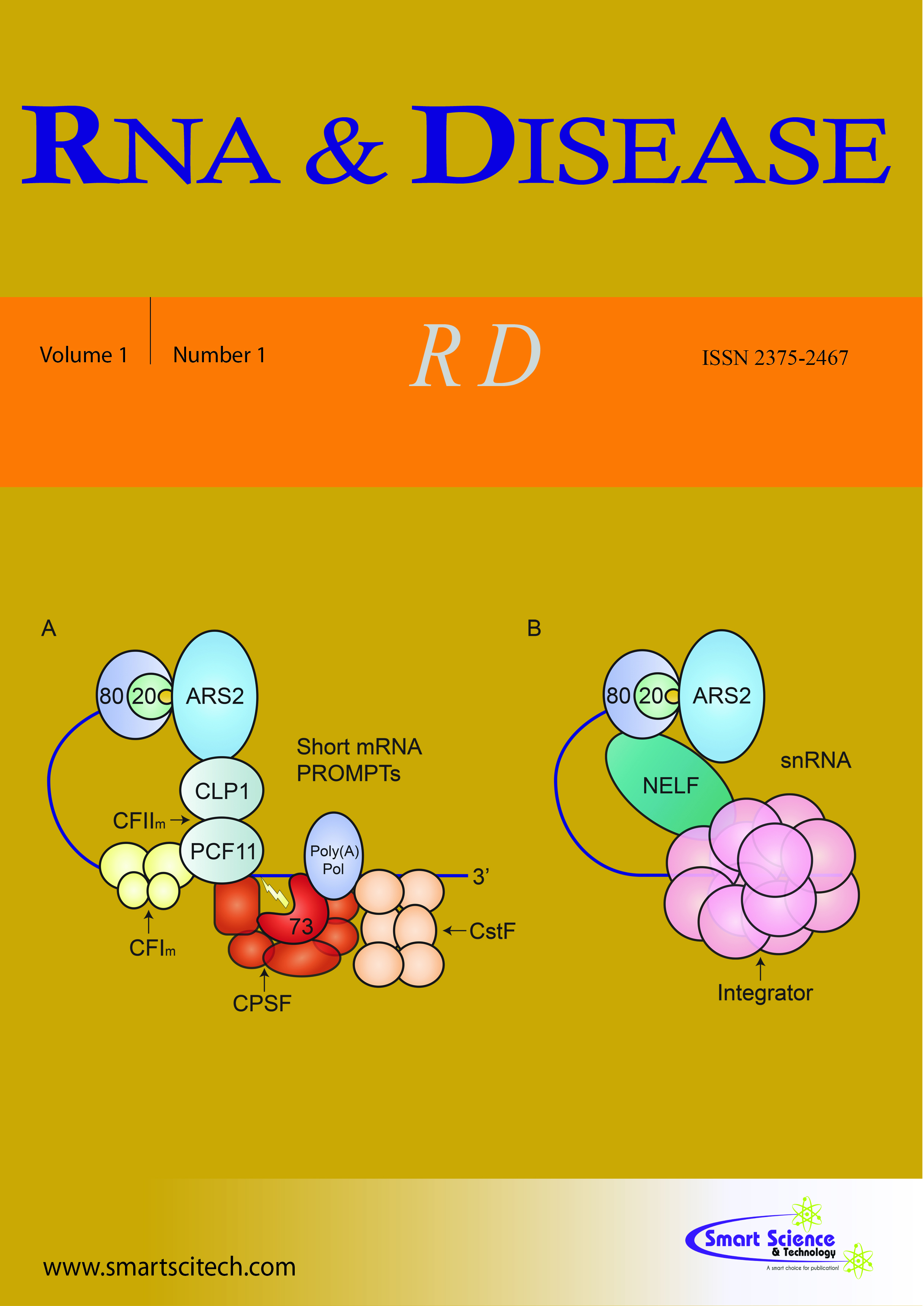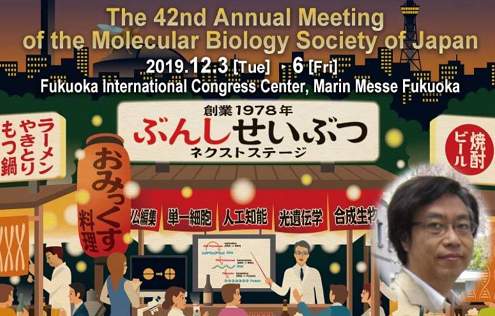miR-33a, an important marker and putative therapeutic target in chronic HBV-induced fibrosis
DOI: 10.14800/rd.416
Abstract
To investigate the roles and mechanisms of miR-33a in liver fibrosis, miR-33a expression in whole liver and serum samples was measured from chronic hepatitis B (CHB) patients by quantitative real-time PCR (qRT-PCR). In addition, Human and murine primary liver fibrosis-associated cells were isolated and treated with transforming growth factor-?1 (TGF-?1). We found that miR-33a expression levels in liver tissue significantly increased with a fibrosis progression manner in the human liver. Furthermore, serum miR-33a levels associated positively with progressing process of hepatic fibrosis. miR-33a was in particular increased in hepatic stellate cells (HSC) than other liver fibrosis-associated cells. Stimulation of HSCs with TGF-?1 leads to a critical increase of miR- 33a. Increasing miR-33a levels increased (whereas inhibiting miR-33a weakened) the activation role of TGF-?1 in LX-2 cells, which might be a potential mechanism through moderating Smad7 expression. Altogether, data suggest that miR-33a may be a novel marker for HSC activation and hepatic fibrosis progress, suggesting a new therapeutic target in liver fibrosis.











